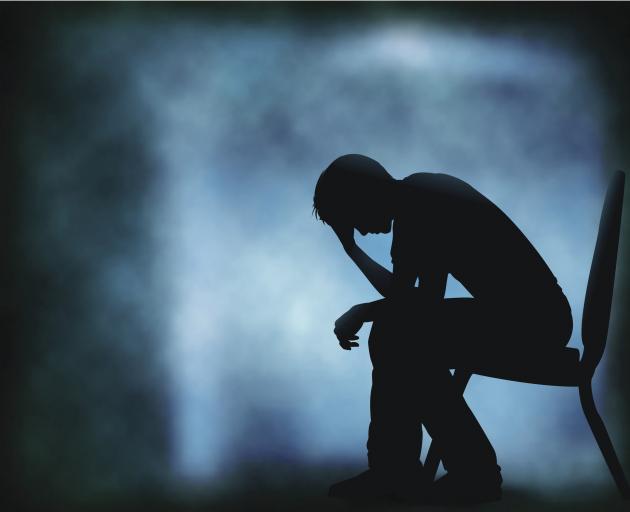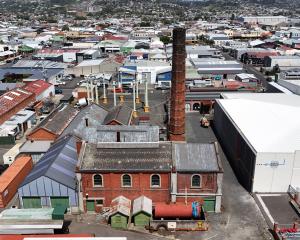
Suspected suicide, serious self-harm and serious adverse behaviour statistics are high in the South because of a "strong culture" of reporting adverse events, the Southern District Health Board says.
The annual report of the Office of the Director of Mental Health and Addiction Services - a yearly snapshot of the state of the sector - was released this week, and listed all adverse events in 2017, by DHB.
Southern, with 17, rated fourth out of 20 organisations.
"We treat every incident seriously, and our focus is on the findings and recommendations from the investigations that have taken place," the SDHB's acting mental health addiction and intellectual disability directorate director Juan Garcia said.
"Every event represents a human being and wider family and whanau in distress, and we must learn from all of these experiences so our care can continually improve."
Ministry of Health mental heath director John Crawshaw agreed that high numbers could indicate a good reporting culture, and also said DHBs which provided larger and more complex or regional mental health services could report a higher number of adverse events.
"With this report, we want to increase the visibility of care provided by the mental healthcare facilities and develop public understanding of what our work means for mental health and addiction services within New Zealand."
Dr Garcia said mental health was a priority for the SDHB and it encouraged reporting of adverse events to provide the greatest opportunity to learn from any situation where the outcome was of concern.
"As adverse events include suicide within our community, we appreciate that addressing this is complex and that we all have an important part to play," he said.
"We encourage people to speak with someone and seek help if they are feeling at risk of harming themselves."
Canterbury - which has been rocked by a series of recent incidents at Hillmorton Hospital - recorded the most adverse events, 34, MidCentral (24) and Waitemata (18) being next.
A total of 203 events were recorded nationwide, but Corinda Taylor, of the Life Matters suicide prevention trust, feared that number was the tip of an iceberg.
"These are voluntary reports, but it doesn't take away from the fact that it is quite a high figure," Mrs Taylor said.
"We need to ask why that is ... the Health Quality Safety Commission is encouraging DHBs to report, but they don't have any power to make them."
The report also showed the SDHB was the nation's biggest user of electroconvulsive therapy in which a brief pulse of electricity is delivered to a person's brain in order to produce a seizure.
Nationally, 265 patients received ECT in 2017, the most, 38, being in Southern.
The ministry report noted ECT remained a controversial treatment and while the rate of people treated with it had been declining, it had increased since 2015.
Usually a treatment of last resort, for most patients it can only be given with their consent.
Dr Garcia said the SDHB offered a variety of treatment options unavailable in other DHBs.
"This treatment is administered in compliance with the highest safety standards and with the patient's complete understanding and agreement, for a small number of patients subject to the Mental Health Act, following a specialist second opinion."
Need help?
Need to talk? 1737, free 24/7 phone and text
Healthline: 0800 611-116
Lifeline Aotearoa: 0800 543-354
Suicide Crisis Helpline: 0508 828-865 (0508 TAUTOKO)
Samaritans: 0800 726-666
General mental health inquiries: 0800 443-366
The Depression Helpline: 0800 111-757












